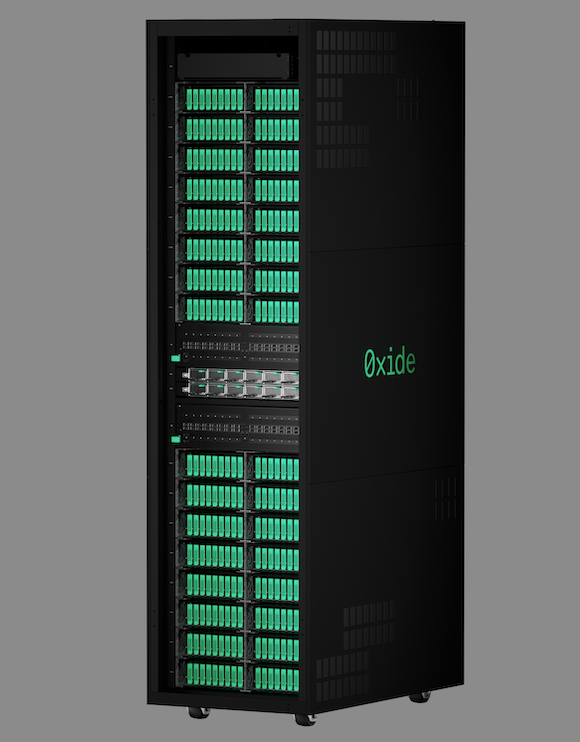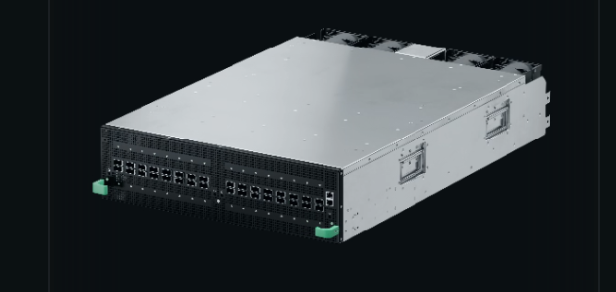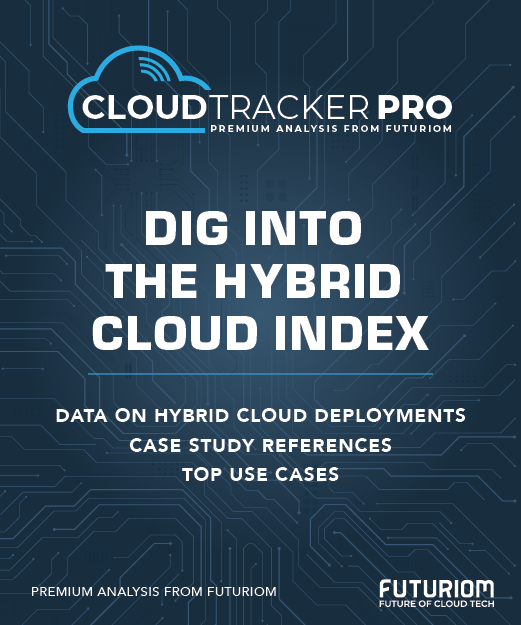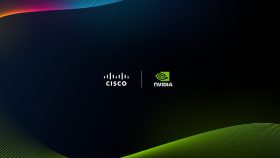Oxide Scores $100M for On-Prem Cloud-Computing Rack

The Oxide Computer Company has scored a $100 million Series B investment round, focusing attention on the startup’s product, a cloud-computing rack designed to bring the benefits of public cloud infrastructure into enterprise private networks.
"Our customers want the agility of the public cloud without giving up control,” stated Oxide CEO and Steve Tuck in a press release.
The company’s aim is one that many enterprises have dreamed of: namely, a solution that provides the advantages of public cloud services in a manageable, on-prem form factor that isn’t a cobbled-together multivendor system with complex licensing.
The need for this kind of system is clear in the ongoing trend toward “repatriation,” or bringing cloud-hosted applications back on premises. “The cloud model is advantageous for small companies that are dealing with smaller data volumes,” wrote one contributor on Reddit. “The moment you start to process larger volumes, the cloud is clearly more expensive - on average it is 2.5x more expensive. The larger the data volume, the more expensive it becomes. That's why there is an accelerating trend of cloud repatriation for the past 2 years.”
Oxide’s Approach
CEO Tuck co-founded Oxide in 2019 with CTO Bryan Cantrill and then-CPO (chief product officer) Jessie Frazelle. In 2023, the company debuted its first commercial product, a full rack that integrates purpose-built hardware and software that supports the cloud benefits of “API-driven infrastructure, elastic storage, and seamless updates”—all with optimized power and cooling.
Oxide’s customers so far include Lawrence Livermore National Laboratory, CoreWeave, and an unnamed large financial services company, among others. These deployments signal Oxide's capabilities to run AI workloads, though details are sparse. Oxide says its fresh funding will go toward manufacturing, support, and delivery on its roadmap to supply “demand for a modern, integrated, on-premises alternative to public cloud.”
This mission puts Oxide in the crosshairs not just of the hyperscaler public cloud providers but also of competitors such as Hewlett Packard Enterprise, Dell, and Supermicro, all of which have versions of their own private cloud systems. That's a heck of a lineup, and Oxide has its work cut out proving its worth against these Goliaths.
It's not clear exactly how Oxide addresses AI processing, which could be a barrier when it comes to competing against the big cloud companies. That said, many enterprises aren't focused on foundation model training but on inferencing, which requires different infrastructure. And Oxide is clearly aiming its product at the enterprise market.
Oxide’s Rack Components
One example of Oxide's competition is HPE, which has married its storage, servers, and GreenLake software with NVIDIA’s foundational enterprise AI software, hardware, and networking to achieve its HPE Private Cloud AI offering.
HPE Private Cloud AI can work with a variety of hardware configurations that include rackmounted combinations of HP ProLiant or Cray servers, GreenLake storage, and NVIDIA GPUs, NVIDIA AI Enterprise software, and Spectrum-X Ethernet networking products.
That’s a lot of options, albeit powerful ones, from more than one vendor. In contrast, Oxide has avoided the approach of reliance on multiple vendors in a turnkey system. Instead, Oxide’s packed its self-designed rack with its own compute sleds (16, 24, or 32 in a rack) based on AMD’s EPYC 7713P processors. Oxide has also taken the oddball step of designing its own switch—one based on Intel Tofino 2 ASICs. Two switch blades per rack deliver 12.8 Tbit/s of capacity.

The Oxide Cloud Computer. Source: Oxide Computer Company
According to CTO Cantrill, creating a new switch was key to avoiding the “pain” of including a third-party switch in Oxide’s rack. “[W]e knew from our own experience that integrating with third-party switches would lead to exactly the kind of integration pain for customers that we sought to alleviate,” he stated in his blog back in 2023.

Oxide's switch. Source: Oxide Computer Company
Oxide also has created its own networking software, microcontroller operating system, hypervisor, control plane, and integrated virtual storage service. That last supports block storage right now. Questions about support for object storage weren’t answered as of this writing.
Oxide’s rack also boasts its own power shelf and cooling design, with minimal cabling and optimized distribution. Fans are positioned for a nearly silent ambiance in the datacenter. One FCC compliance engineer reportedly asked during testing whether the rack was actually turned on.
A Private Cloud But Not a Private Cloud
For all of its support for on-prem cloud computing, Oxide’s Cantrill resists the term private cloud. While acknowledging that the term applies to his rack, he calls Oxide’s solution “on-premises elastic infrastructure” instead. In a LinkedIn post, he described the trend toward private cloud as a “kit-car disaster” for operators tasked with juggling multiple vendor piece parts, and he said: “So the whole idea of private cloud had this own kind of hype curve and really crashed through the earth.”
Oxide’s latest round brings its total raised to over $189 million. The round was led by Thomas Tull's US Innovative Technology Fund (USIT) with participation from existing investors Eclipse Ventures, Intel Capital, Riot Ventures, Counterpart Ventures, and Rally Ventures.
Futuriom Take: Oxide’s Cloud Computer rack provides an interesting basis for achieving the advantages associated with public cloud—speed of programmability with APIs, full access to virtual resources, multitenancy—with the control and security of on-premises deployment. This is a groundbreaking company worth watching.






















